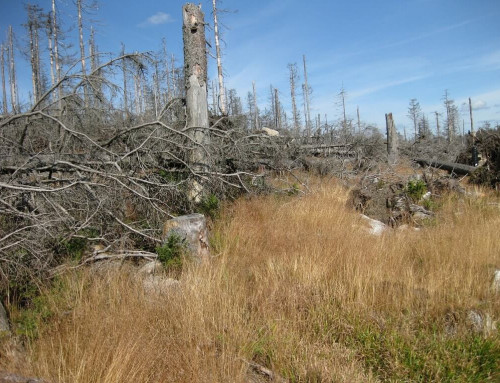
Common types of faults. Image via Noaa.gov
ZIMSEC O Level Geography Notes: Faulting.
- Lateral earth movements often produce very great stresses due to compressional forces (when plates move towards one another) and tensional forces (pulling apart).
- These forces can cause fractures or breaks in the earth’s crust.
- When breaks occur in the earth’s crust where no rocks are displaced the breaks are called joints.
- If the rocks are displaced on both or either side of the crack it is called a fault.
- Faulting refers to the fracturing or breaking of the earth’s crust due to both compression and tension forces as a result of the tectonic movements.
- Faulting normally displaces the crustal block along lines.
- The end result is that rocks are either heaved (pushed) above or dropped below the general level of land.
Features of a simple fault
- Heave-the forward horizontal displacement of the sediments.
- Throw-the vertical displacement of the sediments or strata (layer).
- When rocks are folded and tilted they do so in many ways and the following terms are used to describe these tilts.
- Dip-refers to the direction the sediment tilts in.
- Bedding plane-refers to the surface or plane that separates one sediment layer from another. This is normally a line that follows the weaknesses between sediments (layers) of different compositions.

Features of a simple fault.
Types of faults
- There are several types of faults viz:
- Normal faults
- Reverse faults.
- Tear fault
1 Normal faults

A normal fault.
- Is caused by tension forces which cause part of the earth to move downwards.
- That is the central block (the one to the right in the picture, not shown in the picture is a fault plane to the right of the central block) is displaced downwards.
2. Reverse fault.

Reverse fault. Original image by Artinaid.
- Are caused by compressional forces i.e pushing towards each other.
- When rocks are subjected to compression the central block is forced upwards (heaved upwards) relative to the level ground and adjoining blocks.
- That is the central block (the one to the right in the picture) is displaced upwards.
3. The Tear fault.

A tear fault. Image by Artinaid.
- It is produced by tear forces which move in opposite direction of past each other.
- It usually results in rift valleys.
Please go to this page to read on the landforms resulting from faulting.
To access more topics go to the Geography Notes page.



